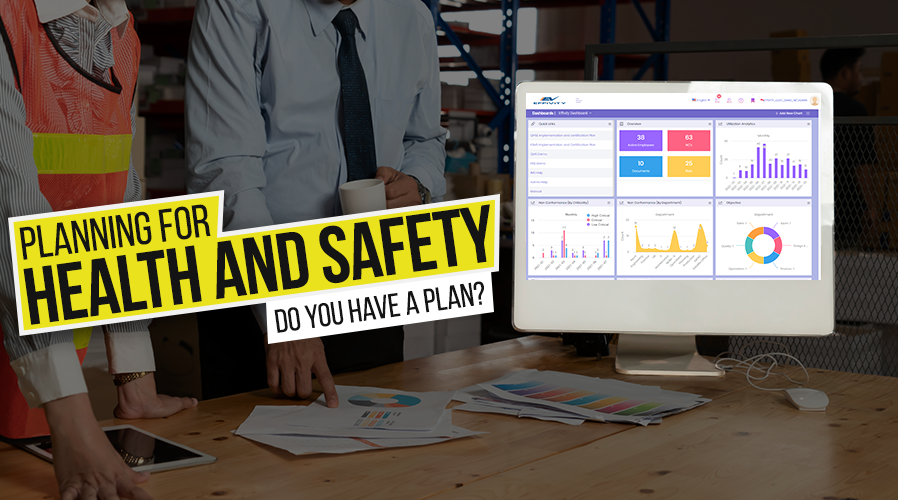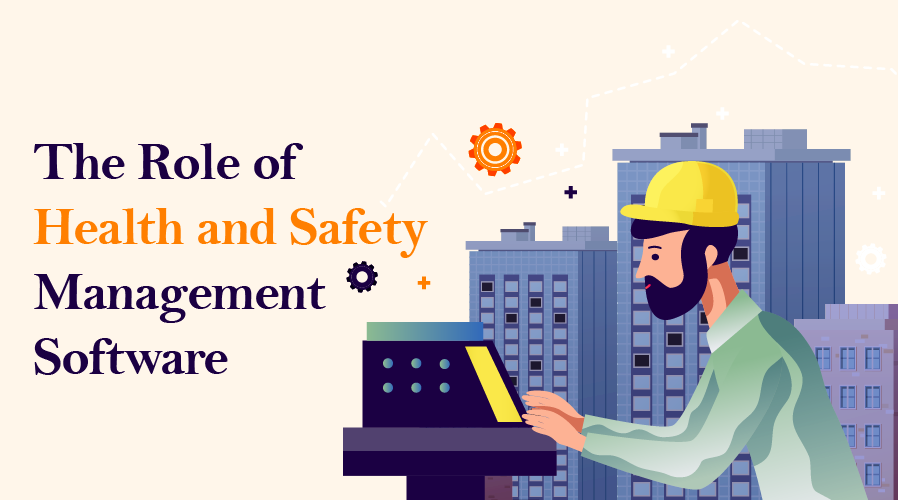
When you decide on which procedures to document in an EMS, you might have to create a documented procedure for operationally controlling the environmental elements of your processes. If you have a process that dumps wastewater into the sewer, you might have to write a guideline on how to manage wastewater and sewage. If the company doesn’t have hazardous waste, or if it is not a significant environmental aspect, you would not need these guidelines. Each organization should decide what “significant” means for them and then write appropriate procedures accordingly.
Do you know how the ISO 14001 requirements apply to operational control? Do you know which procedures need to be complied with for these operational control requirements, and how they are related to environmental aspects? Are you really required to have procedures for everything single little thing that you do? Do you really need operational control? You might be surprised with the answers to some of these questions.
Once you have done this exercise, however, what happens if not a single one of your environmental aspects are significant?
Which environmental aspects are significant?
The way in which your organization’s processes interacts with the environment are environmental aspects, and these are important when you assess which operational controls you need for ISO 14001. The requirements of the standard define three criteria for when you should create an operational control procedure:
- Operations associated with significant environmental aspects
- When insufficient controls could result in deviation from the environmental targets and objectives
- When insufficient controls could result in deviation from the environmental policy
This means that when you have identified operations with a significant environmental aspect, you have to plan so that that operation is carried out in a way that is in line with the environmental policy, and the environmental targets and objectives, to ensure they are performed to specified conditions. This is achieved when you establish, implement, and maintain a written procedure that will enable you to control these situations and by stipulating operational criteria in the procedure.
When do you need to have operational control procedures?
From the preceding section, it should be clear that you don’t need a written procedure for each operation, but only for those that have significant environmental aspects. The question is still if it would be likely to have a scenario where none of our operations have a significant environmental aspect. While it is true that any organization has to define what constitutes significance for their specific environmental aspects, for certification purposes, however, these criteria will have to be explained to auditors of the certification body who reviews your EMS for compliance with the ISO 14001 requirements.
Although it would be rare, it could be possible (in theory at least) to have an organization that does not have a significant environmental aspect. One example could be a small business that offers Software as a Service (SaaS). It is possible for this company to identify one or more environmental aspect, but decide that they won’t have a significant impact on our environment. It is, therefore, possible, although not likely, that companies exist that don’t have a significant environmental aspect and do therefore not need any procedures for operational control in order to be ISO 14001 compliant.
So, when are operational controls required in ISO 14001 EMSs? If any operations have environmental aspects that are significant, procedures are required to control the operations. Those aspects can be categorized as follows:
- Air emissions
- Releases to land
- Releases to water
- Raw material and natural resource use
- Energy uses
- Energy emission including radiation, heat, or vibrations
- By-products and waste
- The environment being affected by physical characteristics of the company
Why have an environmental management system?
The purpose of employing environmental management system should never be to simply satisfy a certification authority or to look for ways in which documentation can be avoided. The purpose of your EMS is to assist your organization to identify and then control its environmental interactions. If any of your organization’s interactions could possibly cause a negative environmental impact, it is logical to have procedures that stipulate the required controls to manage the operational situation properly. By doing this, you could avoid negative impacts on our environment and that’s ultimately why you use an EMS in the first place.
ISO 9001 quality management systems (QMS) are implemented using MyEasyISO software in Budapest (Hungary), while ISO 14001 & OHSAS 18001 Health Safety Management Systems (HSE) are implemented with MyEasyISO in Chicago (United States).











